|
I led an all day workshop titles, "Teaching American Conflicts in the 21st Century Classroom." I spent the morning going through some WWII lesson plans and then after lunch I focused on the Korean War. I asked three Korean War veterans to come to be interviewed by the workshop participants. The 90 minutes that they spoke about their military experience during the Korean War era was the highlight of my day.
0 Comments
The 2017-18 school year started today and so did my 20th year of teaching high school. When I was in college a lot of people told me that I should not become a social studies teacher because I would never get a job. Back then nearly every male social studies teacher was a football coach. It did take a few years to get into the classroom and more than a few times I thought I would never teach more than 10 years. Now I look back and wonder where the time went.
I was honored to be named the Nebraska American Legion High School Teacher of the Year. I received the award Saturday, June 24 at the American Legion state convention.
Three years ago the AHS Social Studies Department and Tech Integration Specialist took a 3-day trip to Washington, D.C. I had a lot of fun and we all got to know each other a little better, especially Sarah who was new to the team. I made this video shortly after returning from the trip and rediscovered it last night when I was looking for a different video.
December 16, 2016 remnded me of why teaching is SO rewarding. Dwight Willcock invited me and my students out to his house because he wanted to show us his collection of Civil War era Calvary pieces. I had heard that he had a display in his house but I did not expect what I actually saw.
It had been a couple of weeks since we had set the date for us to go to his house so I called him that morning to double check that it was still ok to come and get specific directions to his house in the country. My team-teacher, Tim Elge, and I loaded our students into the school vans and headed out of town. We arrived with a general idea that we would be looking at old Calvary equipment, but once we all got inside his house I immediately regretted that we had only about 45 minutes to stay. Dwight took us down to his basement "museum". In the first room he told us all about the saddles, bits, and bridles starting from the Civil War era and up through the end of the horse calvary. I know nothing about horses but I could appreciate his knowledge, passion and care of the historical artifacts he has collected over the years. In the next room, after we walked past his display case of toy pistols (Roy Rogers & Hop-Along Cassidy), we were treated to displays of an old gramaphone, guns, and pictures. 45 minutes goes by in a flash when you are surrounded by all of this history and a wonderful couple, Dwight & Elvera, who can tell you all about it. I was trying to get the students up the stairs to the vans and back to school but I HAD to ask about two pictures that were hanging on his wall close to the stairs. With a casual wave of his hand Dwight said, "Oh these are my great-grapndparents. They bought this land for $5 an acre from the railroad." OMG, how amazing is that! Dwight is 84 years-old and his family has been on this land for four generations. I was mentally doing the math and silently disappointed that we had to leave. I wanted more time in this wonderful historical heaven. Diwght was disappointed that we had to leave so soon because he had more rooms to show us. He has a room upstairs that has cast iron toys. I begrudgingly left that morning, but vowed to go back with more students and a longer time. I think I could teach the whole semester from his house.
In my Honors/College American History class I had students do research about the experiences of immigrants to America that came during the "New" Immigration Pattern (1890-1917). They completed their research on Google Slides. When they were done with the research I gave them a choice to complete one of 3 projects.
If you want to see my favorite project please check out heroesandhuskies.weebly.com Next week students are editing their interview videos and creating Touchcast projects to go onto the website. My students are learning so much about being part of a community.
For the past three days and through next week I am studying the Cold War on board the USS Midway as a participant of the Midway Institute for Teachers. The USS Midway served throughout the Cold War and is important to the era. The directors, John Burns and Kirk Ankeney, have put together an "academic vacation" filled with multiple perspectives of the topic, and in-depth tours of the ship. Dr. Pierre Asselin, told us about doing research in Vietnam, Jerry Stern talked about his military experience serving in the Army during the Korean War. Our classroom is in a former berthing room. Our setting for this institute could not have been any better. This experience is invaluable and makes me feel blessed to have been chosen to participate. My Honors/College American History students raised the bar of excellence this semester. After finishing a unit on the Great Depression I assigned Metaphor posters as their assessment. They were tasked with creating a metaphor to compare President Hoover and President Roosevelt's approach to ending the depression or a metaphor for Roosevelt's first inaugural address. They created a poster using Google Slides that included their metaphor picture and a description. Here are a few examples of their amazing metaphors: I was so excited after a class yesterday I barged into my neighbor's classroom and loudly announced that I could have sold tickets to my last class. So here's what happened....
We started the class reviewing a timeline activity from the previous day. They had worked in groups so one student read their summary sentence, one student explained their pictures, and the third person read 3 details from notecards they wrote the previous day. Then I had a big map of Oahu on the floor with a graphic organizer zoomed in so only "U.S. Imperialism" was displayed on the screen. Then I asked them to read 2 1/2 pages in the textbook that introduced the concept. I quietly walked around handing out the graphic organizer. Then when they were done we created a working definition of Imperialism. The we worked together to identify the factors that drove imperialism. Now it was time to get them up and walking. I asked my students to orient themselves in the room as if they were in the continental U.S. in relation to the map of Oahu. Now we started a series of conversations by me just asking questions. What are major products being made in the U.S.? What is your trading destination? You will need to refuel in order to get to Asia, where are you going to stop? (Students move to the map) What are you going to leave in Hawaii? What are you going to take with you? (Move to orient yourself like you are in China in relation to Hawaii) Now I have displayed a "Sphere's of Influence" map of China. My questions continue. Explain the information displayed on the map. How is this not imperialism according to your working definition of imperialism? What are you leaving in China? What are you taking with you? I displayed a slide about the Open Door Policy. Then I displayed a political cartoon about the Open Door Policy and we analyzed the cartoon. (Move back to Oahu map) What are you leaving behind? What are you taking with you? They went back to their desks and in their table groups they discussed the characteristics of imperialism. After a few minutes I asked each group to share out 1 characteristic of imperialism. My "exit ticket" was predicting where the U.S. practiced imperialism next, and why. |
AuthorI am a Social Science instructor at Aurora High School. I am currently teaching College/Honors American History and American History. Archives
October 2017
Categories |
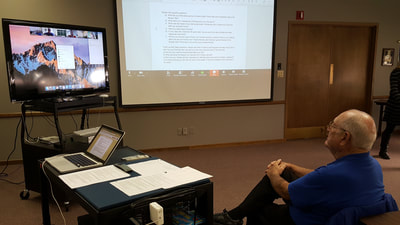
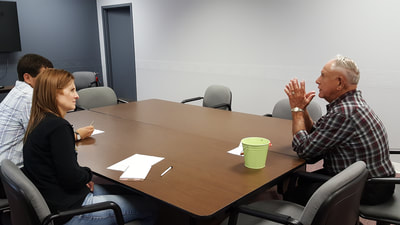
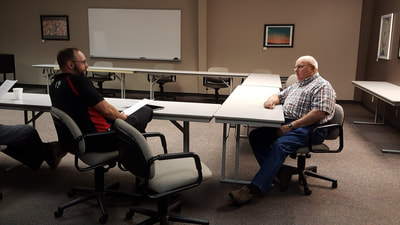
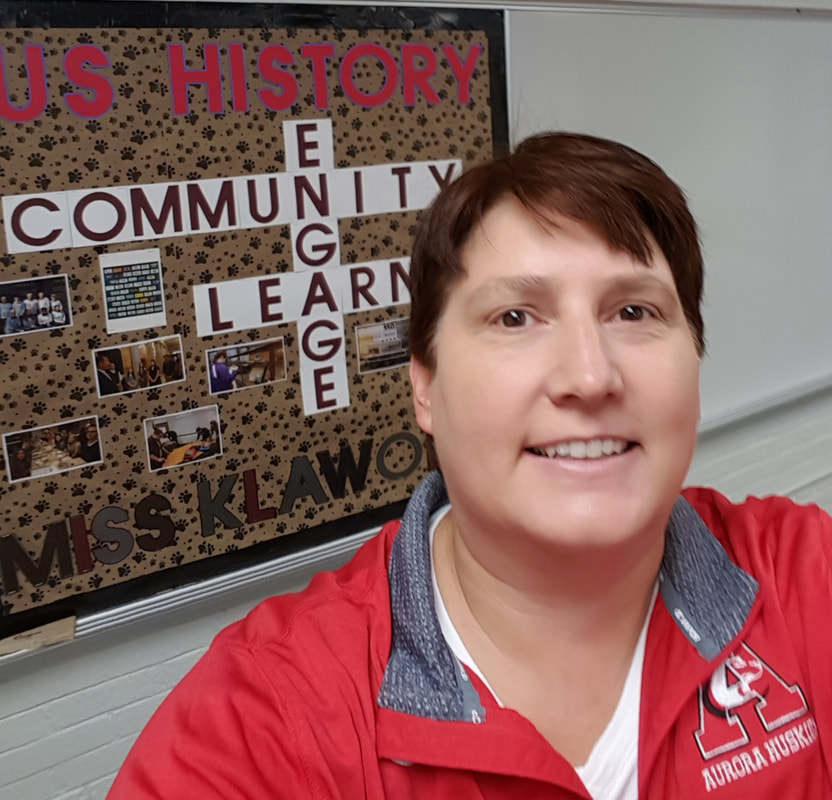
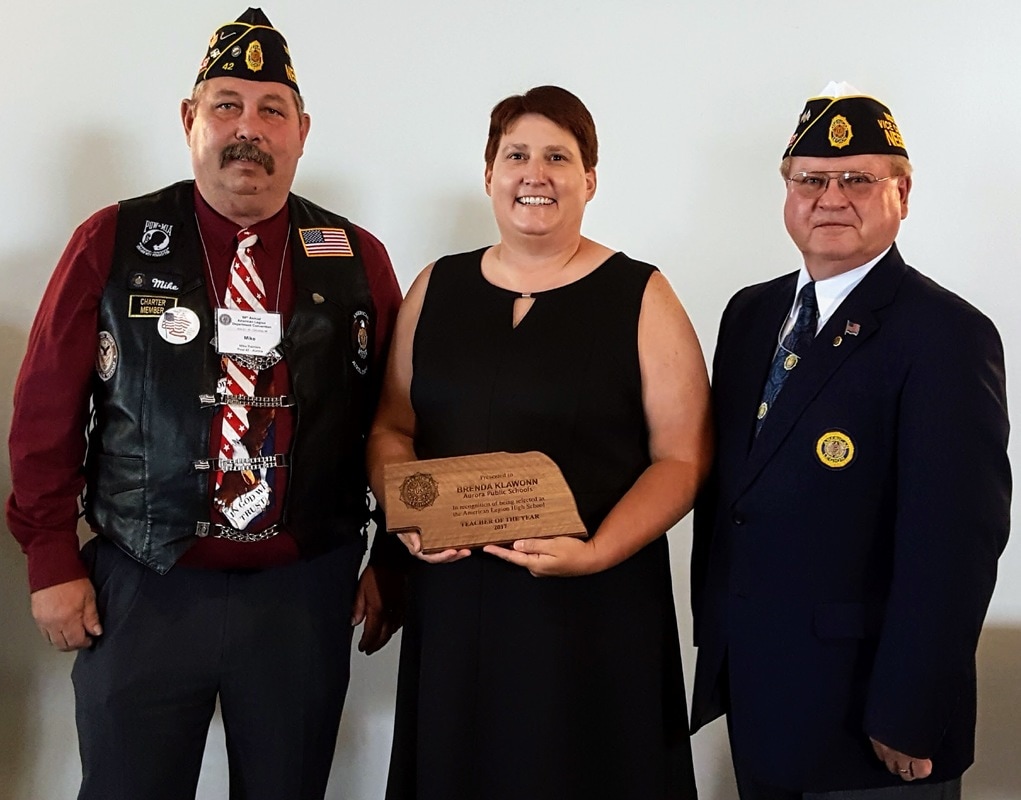
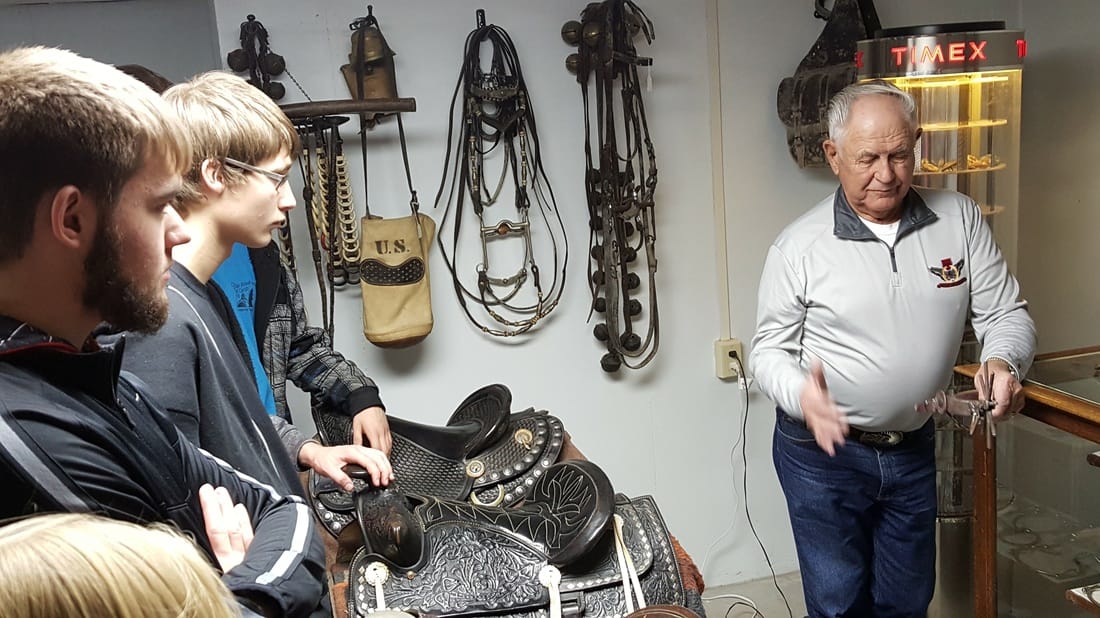
 RSS Feed
RSS Feed
